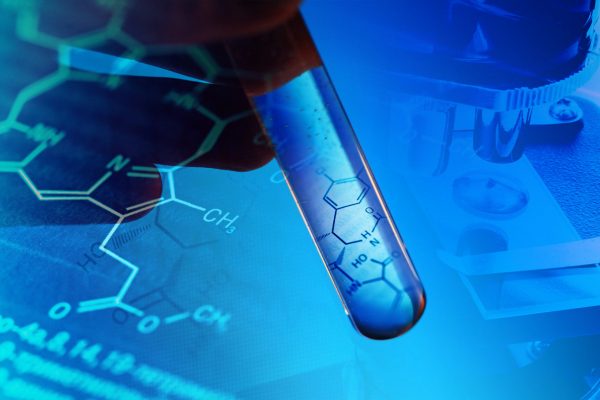BUSINESS
SERVICES
Water analysis
What is in your water? Which water filter should I choose?
It all starts with water analysis. First, we need to find out what we want to get rid of and whether we need a water treatment plant.
Wild springs water, is it safe?
If you drink water from springs in nature on a daily basis, a water analysis is a must. The fact that there are regular queues of people at a spring does not mean that the water is clean from contamination and safe to drink in the long term. Not all water sources are safe. Most springs are microbiologically contaminated. Therefore, it is definitely advisable to analyze the water.
Water pollution
Water can contain a variety of contaminants including bacteria, viruses, metals, and chemicals from crop fields. These contaminants can pose serious health risks and the only way to reliably check what is in your water is through chemical analysis.
Chemical analysis of water involves testing for a range of parameters including pH, turbidity, hardness, total dissolved solids, contamination, and specific ions. These tests can reveal information on water quality, mineral content, and treatment needs.
For example, hard water can cause scale build-up in plumbing and appliances. Chemical analyses can help identify these problems and determine appropriate water treatment. To know what water filters you need for your household, you first need to understand what you need to get rid of.

Transfer of samples
Find a state-certified laboratory for water testing in your country.
If you are in Latvia, water samples can be collected for analysis on weekdays from 9:30-16:00 at 87a Lāčplēša Street, Riga, Latvia.
Water sample for chemical analysis 1.5 L
Water sample for microbiological analysis 0.5 L
Phone +371 67288249
Sampling procedure
When filling the sample, the water must not come into contact with external contamination (e.g. dust, sand, etc.).
The outer surface of the water tap must be clean and any dirt that might enter the sample container must be removed.
The bottle or container must be immediately sealed after filling it with water.
The sample should preferably be cooled to (5 ± 3)°C.
The time between sampling and analysis should be as short as possible, preferably on the day of sampling.